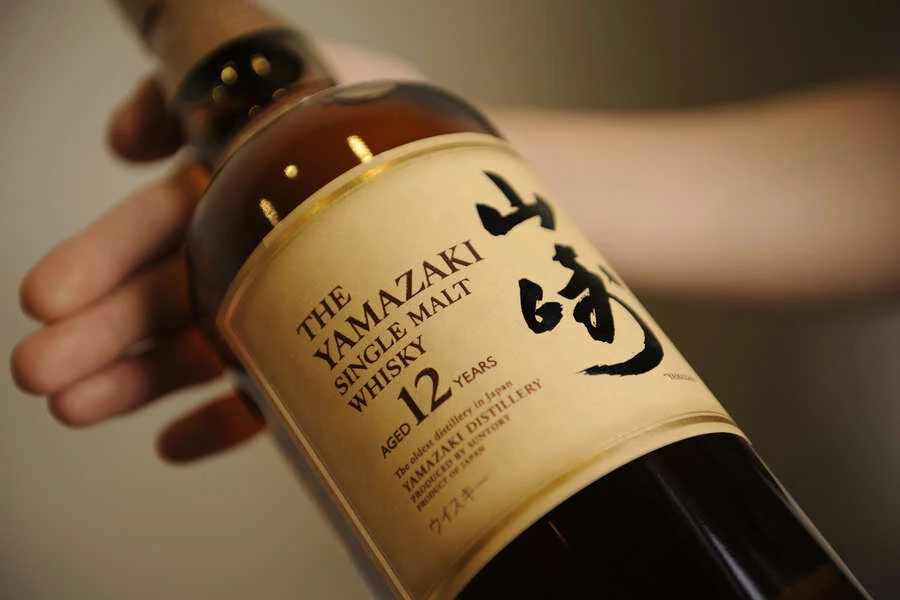4 Japanese Liquors You Need to try (that aren’t sake)
As part of our beverage program here at Minami and Miku, we're always looking for ways to incorporate Japanese flavours into our cocktails and Japanese spirits as primary features in our diverse beverage menus. Today, I want to talk to you about a few of my favourites that are not only unique. They're also delicious.
First one I want to highlight is Japanese whiskey.
While the flavours in Japanese whiskey will be familiar, there are some differences in comparison to a Canadian rye, Kentucky bourbon, Irish whiskey, or scotch. Whiskey production in Japan began around 1870 with the first commercial production starting in 1924. Japanese distilleries used exactly the same techniques that Scottish distillers used. As a matter of fact, Japanese expertise was directly imported from Scotland in the early 20th century by Masataka Taketsuru, founder of Nikka. There is therefore no fundamental differences in the technical process of making Japanese whiskey.
However, there are a few things that make Japanese whiskey different. As opposed to the sweeter American bourbons and Canadian ryes. They tend to be drier, smokier and with restraint peat, compared to the typical peatier scotch. Some distillers using imported bourbon or Sherry barrels while others make their own as a Mizunara, a tree only found in Japan, that adds its own distinct flavour. Some great pairings of Japanese whiskey include dark chocolate, camembert, or might go well with a mixed charcuterie board. If you're interested in getting a bottle for yourself, look for some recognizable brands like Suntory Nikka. My personal favorite is Hibiki Harmony from Suntory.
Next up, Japanese gin.
Like many popular Japanese beverages. Japanese gin is rice based, and with that it comes different tasting notes. Distillers infused neutral rice spirits of classic juniper berries, but they buck tradition by also including some of the country's classic ingredients like yuzu, green tea, ginger, bamboo, and sansho pepper.
A few quick facts about Japanese gin, the industry places a focus on using indigenous ingredients like yuzu, sakura, Japanese tea, sansho pepper, and bamboo, are just some of the botanicals found in Japanese gins. So the floral and citrus notes detected are different. When you compare a pour of Roku to Bombay, for example. Some Japanese distilleries use gin as a way to introduce native botanicals to the foreign market like Okinawa gin from Masahiro, a famed Awamori distillery. It is made up of all native cooking island ingredients for the recipes. So outside of Juniper, this gin employs elements like guava leaves, roselle, bitter melon, and the shekwasha citrus. Pair Suntory Roku, for example, with salads, citrus heavy dishes, yuzu kosho and raw oysters. These elements are quite common at sushi restaurants and izakayas, so you can enjoy it throughout your entire meal.
Now we're going to dive into a couple of spirits that you may be unfamiliar with.
Shochu
Shochu is the most popular Japanese spirit and has been produced since the 16th century. It is distilled from fermented koji mold and various basic ingredients such as barley, sweet potatoes, rice, buckwheat, ground sugar as well as sesame, chestnuts, carrots, or shiso. The choice of the base ingredient and the type of koji used in the production are crucial. Since the top quality Shochu is distilled only once it shows the true character of the base ingredient.
Most Shochu is usually about 25% ABV and it's not often matured, depending on what the main ingredient is that will bring forward its own unique and delicious tasting profile. For example, potato Shochu tends to have a gorgeous flavor and it tastes like sweet potato. It's best with deep fried and strong flavour dishes. Rice Shochu is mild, and has a fairly thick taste, it's best for something with less flavour, so sushi or sashimi is perfect. Finally, Shiso Shochu, it's distilled from a particular type of Japanese herb, and this is luxurious with its distinctive flavour. It's best to have it before or after a meal.
Finally, we're going to explore Umeshu
This traditional Japanese liquor is produced by macerating fresh ume, which is botanically classified as Japanese apricot and a neutral base spirit. Apart from the traditional version, umeshu comes in a variety of styles and it can be enjoyed straight on the rocks or diluted with water, tea or soda. It also incorporates beautifully in cocktails and typically has 10 to 15% ABV.
To watch this post as a video on YouTube, simply click here.

